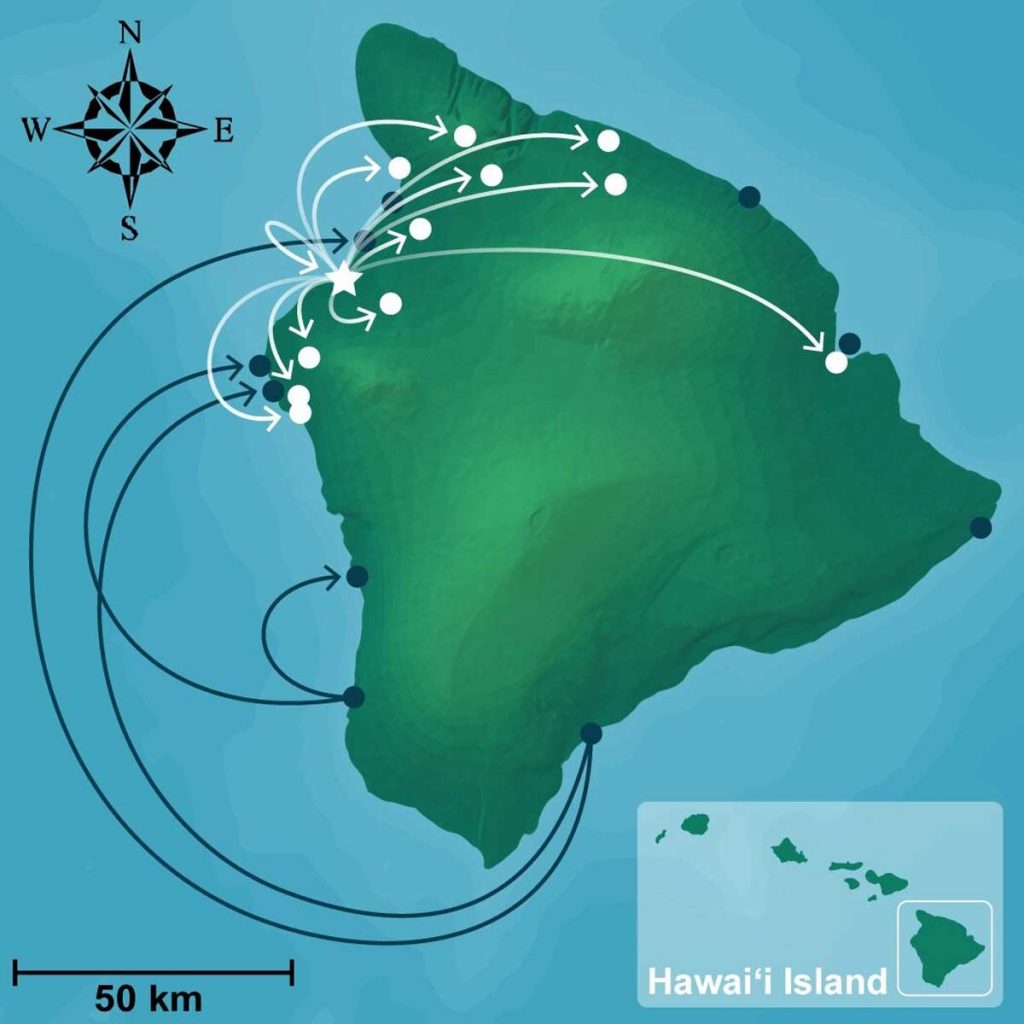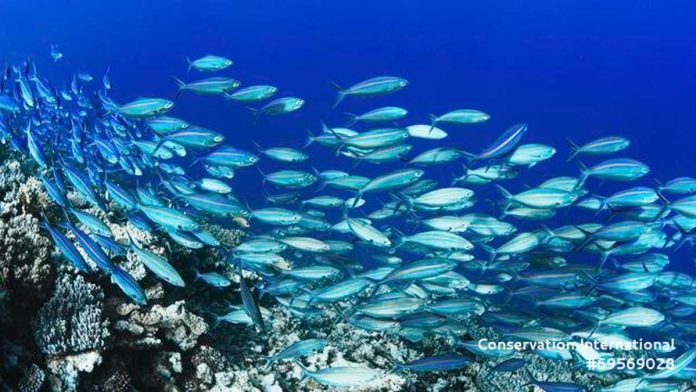University of Hawaii researchers brought together experts from the fields of oceanography, genetics, ecology, fisheries biology and social sciences to develop some insights into the natural and commercial flow of fish.
Most ocean species humans exploited live in “stocks” or groups of isolated local populations. This was difficult to delineate and study. Scientists have combined their expertise and recent breakthroughs in their respective fields to develop the first Fish Flow map on the Island of Hawai’i.
This new finding indicates that the northern and southern portions of the island are linked by larval dispersal and catch distribution. This discovery highlights the importance of an approach to manage the coral reefs in the region.
At the frontiers of five disciplines
Scientists specialized in oceanography, genetics, ecology, fisheries biology and social sciences were needed for this study.

SOEST oceanographers rely on cutting-edge computer models which take into account biological and physical factors in higher resolution. This allows researchers to predict patterns of larval dispersal. Scientists also used genomic techniques, tiny tissue samples from fish, settlement locations of adult fish and their offspring.
Scientists also want to secure funding for a full Fish Flow analysis for the ecologically and economically important fish species in Hawai’i.

